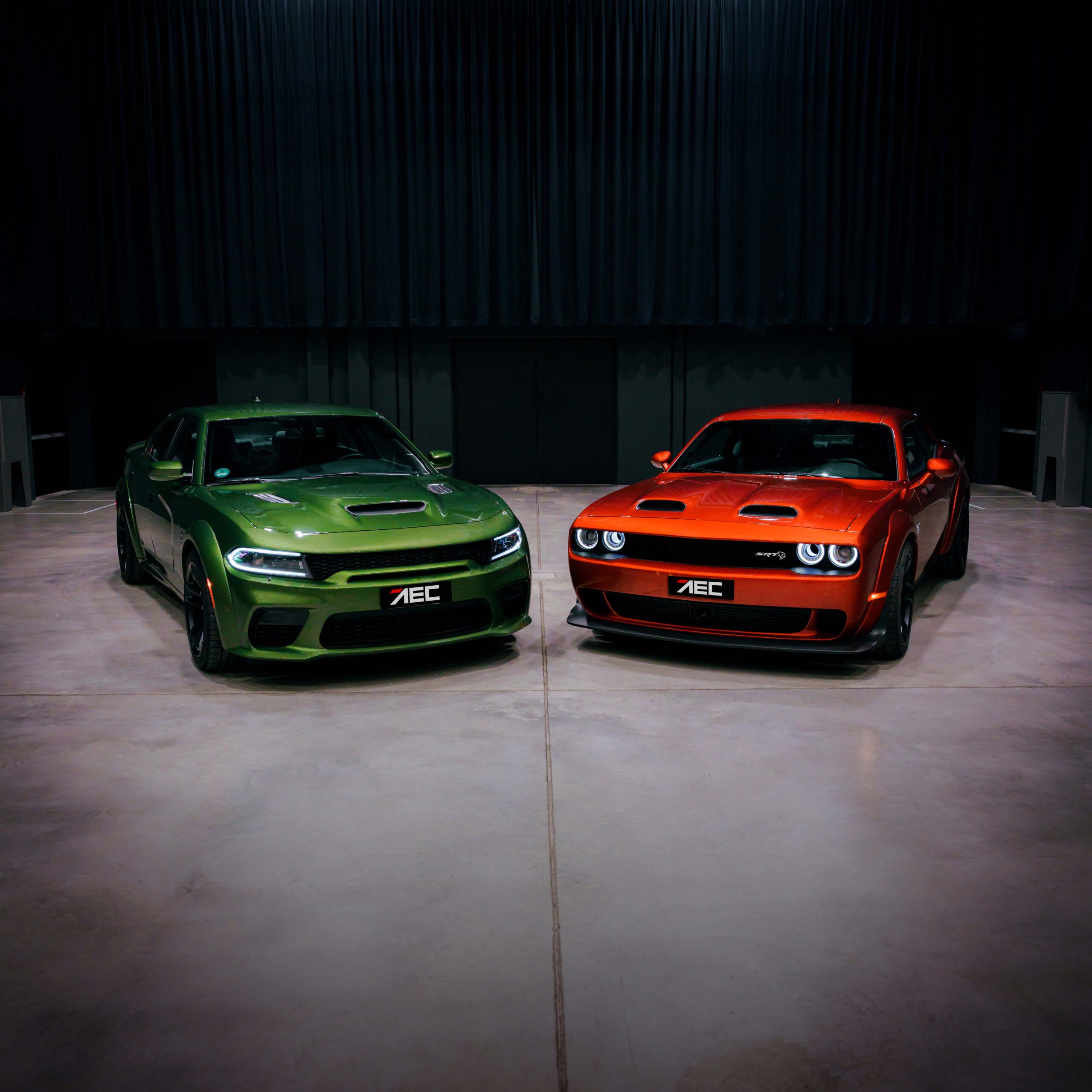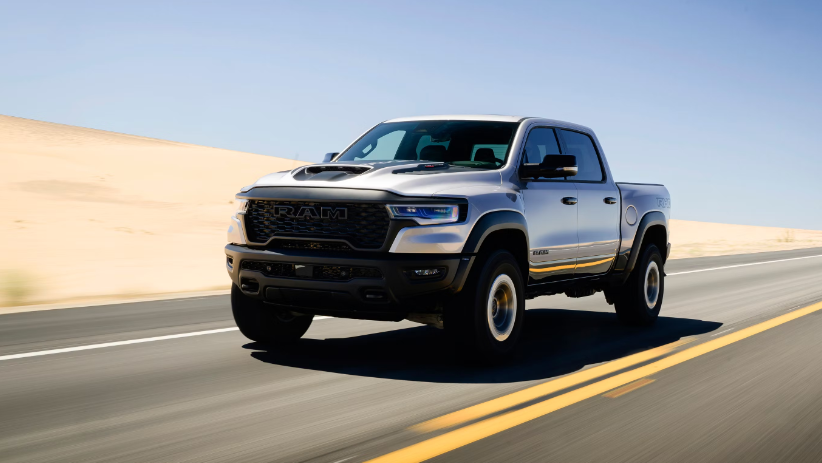As production of the iconic Dodge Charger comes to an end, our partner Stellantis is rereleasing six builds modeled after the original Charger, so that diehard fans have the chance to own a modern piece of muscle car history. To celebrate Dodge’s Last Call, we decided to take a closer look at one of the most popular muscle cars in automotive history. Read on for 10 little-known facts about the iconic Charger.

1. The modern muscle car Dodge Charger caused a lot of excitement among fans of the original muscle cars when it was introduced in 2005. Why? Because it had four doors. In January 1999, Dodge presented a red concept called at the Detroit Auto Show. The special feature, apart from the natural gas drive, was that the concept had four doors with a coupe-shaped roof line. The car was ahead of its time in terms of alternative propulsion but otherwise quite unemotional so that it was soon forgotten.

2. The dashboard of the models of the first Charger generation 1966-67 exuded a lot of sportiness with its four large round instruments including a tachometer. The special feature was that the gauges were not illuminated with lights but with a foil, which resulted in a fascinating, luminous green-turquoise.

3. Starting with the 1968 model year, American cars were legally required to be equipped with side markers. These small lights were located on the sides of the front and rear fenders, and indicated the overall length of the car. However, Dodge’s designers didn’t want the large marker lights to interrupt the Charger’s smooth lines and wonderful curves. As a result, the 1968 Dodge models had circular “porthole” markers that were designed to be as small as possible.

4. In the 1960s, not only muscle car fever was rampant – so was racing fever. “Win on Sunday, sell on ” was the slogan among American automakers at the time. In 1969, the Charger 500 was initially created with fixed headlights in a Coronet grille and a rear window flush with C-pillars and a modified trunk lid. After some wind tunnel testing, it was concluded that the front end needed to be more aerodynamically shaped. However, the Charger oversteered with the new front fascia, so a man-sized spoiler was added to the rear for more downforce. Dodge called this model the Daytona, and the first generation was only produced for one year.

5. Whether or not you’ve seen a Charger in person, you definitely can recognize one! That’s due in big part to the silver screen. Long before the Fast & Furious franchise, the Charger was a popular movie car. The muscle car made its breakthrough with the 1968 movie Bullitt, which became famous for a minute-long car chase through San Francisco in which the in 1968 brand-new Charger lost more than four hubcaps and ended up crashing into a gas station and exploding.

6. In 1983, Dodge unveiled a Shelby Charger modified by none other than racing driver and automotive designer Caroll Shelby himself. Featuring an all-around spoiler package, the Shelby was available only in silver or blue, and had different colored stripes all around and once lengthwise. The 2.2-liter four-cylinder engine received a power boost to 107 horsepower, up from the original 94 horsepower. As a result, the 1983 Shelby Charger made it from 0 to 60 mph in just 10 seconds. Interestingly, due to the heavy modifications, the Charger had to be declared as a Shelby model, and the Dodge trademark did not appear anywhere on the car.

7. Just like fashion trends, paint colors on cars fade in and out of style. Colorful paint schemes were very popular with muscle car and Mopar fans in the 1970s, who paid extra just for the look. Today, enthusiast demand for these high impact colors is stronger than ever, whether it’s “Plum Crazy,” “Sublime,” or “Go Man Go.” In response to the growing color trend, Dodge reissued these on modern Charger and Challenger muscle cars.

8. The Dodge Charger is not only the world’s first four-door muscle car, but the 2023 Dodge Charger SRT Hellcat Redeye with a 797-hp 6.2-liter Hemi V8, is also the fastest production sedan in the world, aside from the newly unveiled 2023 Dodge Challenger SRT Demon 170. It does the standing sprint to 60 mph (96 km/h) in just 3.6 seconds and the American quarter-mile in 10.6 seconds at 129 mph (207 km/h), reaching an impressive top speed of 203 mph (326 km/h).

9. Despite the advertisement above, there’s actually no such thing as a Dodge Charger Hybrid. Dodge implemented a clever bit of eye-catching advertising in the ad above in order to make readers aware of the new Charger, which in addition to being a quintessentially American muscle car, features hybrid technology. However, not in the way you expect: instead of saving fuel, it burns both gas and rubber.

10. Compared to other sports cars, the Dodge Charger has excellent resale value. According to industry data, the five-year depreciation rate of an average Dodge Charger is 56%. This means that the Charger still holds 44% of its original value after five years of use. It’s so impressive that the Dodge Charger has received J.D. Power’s “Best Resale Ratings” award several times in recent years.
It’s no wonder the Dodge Charger remains so popular half a century later, all over the world. It’s not alone, though – Dodge’s Challenger is just as widely known. Learn more about the Dodge Challenger here.






